Combination Drug Substitution: Legal and Practical Challenges Explained
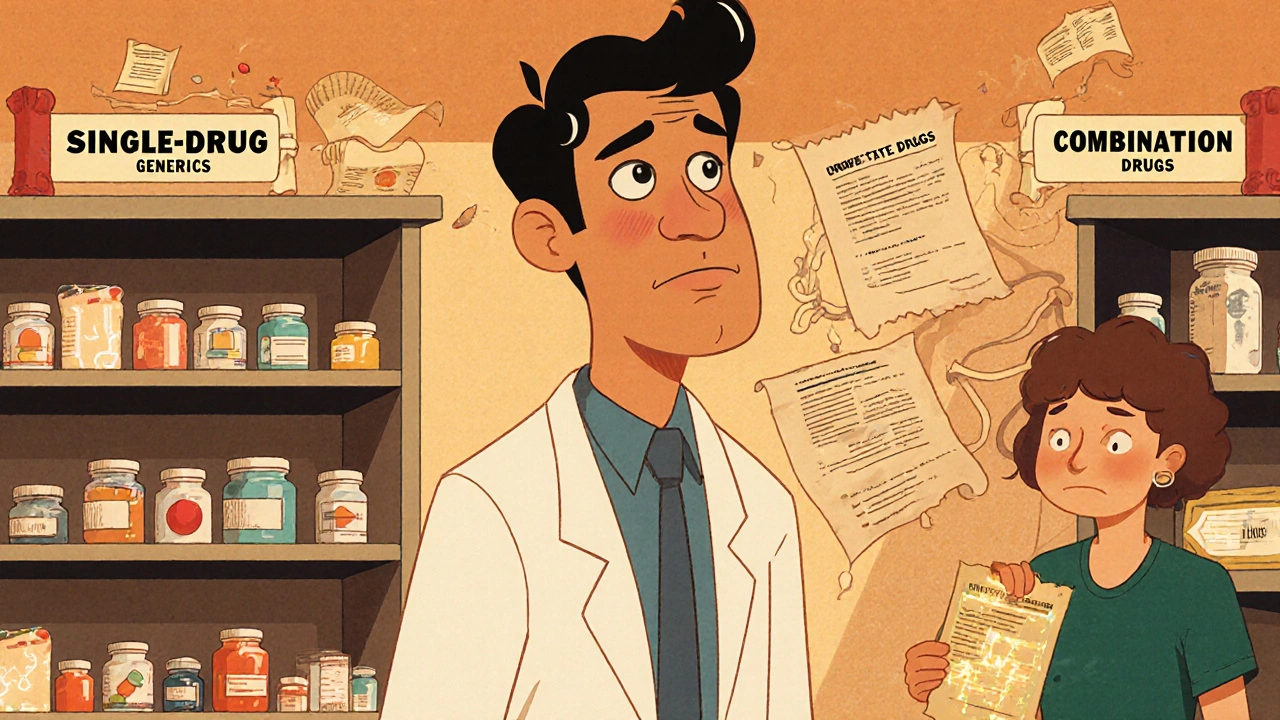
When a pharmacist fills a prescription for a single drug, they can often swap it for a cheaper generic version without asking the doctor. It’s simple, legal, and common. But what happens when the prescription is for a combination drug - a single pill containing two or more active ingredients? That’s where things get messy. In 2025, over a third of new FDA-approved drugs are combination products. Yet most state laws governing drug substitution were written decades ago, for single-ingredient pills. The result? Pharmacists are caught in a legal gray zone, patients face unexpected side effects, and healthcare systems struggle to save money without risking safety.
What Exactly Is a Combination Drug?
A combination drug isn’t just two pills in one bottle. It’s a single dosage form - a tablet, capsule, or injection - that contains two or more active ingredients designed to work together. Think of ATRIPLA, which combines efavirenz, emtricitabine, and tenofovir into one daily pill for HIV. Or the cancer treatment combining pembrolizumab and lenvatinib. These aren’t random mixes. They’re carefully engineered to improve effectiveness, reduce side effects, or simplify dosing.
The goal is clear: fewer pills, better adherence. For someone managing hypertension, diabetes, and high cholesterol, a single pill with three drugs can mean the difference between taking meds every day and forgetting them. But this simplicity creates big problems when it comes to substitution.
Why Traditional Substitution Laws Don’t Work
Most U.S. states allow pharmacists to substitute a brand-name drug with a generic version - as long as the active ingredient is the same. That’s called generic substitution. But combination drugs break this rule. If a doctor prescribes a pill with Drug A and Drug B, can a pharmacist swap it for a pill with Drug A, Drug B, and Drug C? Or worse - swap it for a pill with Drug A and Drug D instead?
The answer is no - and it’s not just a recommendation. It’s a legal boundary. The FDA defines combination products as those containing drugs, biologics, or devices packaged together. Even if two combination pills contain the same two active ingredients, differences in release mechanisms, ratios, or inactive ingredients can make them non-interchangeable. One pill might release its drugs slowly over 12 hours. Another might release them all at once. The clinical effect? Totally different.
State laws like those in Texas and Alberta make this clear: substituting a combination product with another that includes extra ingredients is considered starting new therapy. That’s not something a pharmacist can do without prescriber approval. Yet, a 2022 survey found 68% of independent pharmacists faced these dilemmas at least once a month. Many didn’t know the law well enough to refuse safely.
The Legal Tightrope: Generic vs. Therapeutic Substitution
There’s a critical difference between two types of substitution:
- Generic substitution: Swapping one brand for another with the exact same active ingredient.
- Therapeutic substitution: Swapping one drug for a different one that treats the same condition - like switching from a beta-blocker to an ACE inhibitor for high blood pressure.
For single drugs, therapeutic substitution is sometimes allowed - if the pharmacist has extra prescribing authority. But with combination products, it’s a minefield. Let’s say a patient is on a pill with lisinopril and hydrochlorothiazide for hypertension. A pharmacist might think, “I can replace this with a pill that has losartan and hydrochlorothiazide - it’s the same two-drug combo, just one different ingredient.”
But that’s therapeutic substitution. And unless the prescriber approved it, it’s illegal in most states. The Alberta College of Pharmacy explicitly warns: substituting a combination product with a different combination - even if it treats the same condition - requires a new prescription. The same rule applies in California, New York, and dozens of other states.
And it gets worse. If a patient is on a combination drug that includes a narrow therapeutic index (NTI) drug - like warfarin or digoxin - even tiny changes in dosage can lead to overdose, clotting, or heart failure. The European Medicines Agency specifically warns against therapeutic substitution of these products without direct physician oversight.
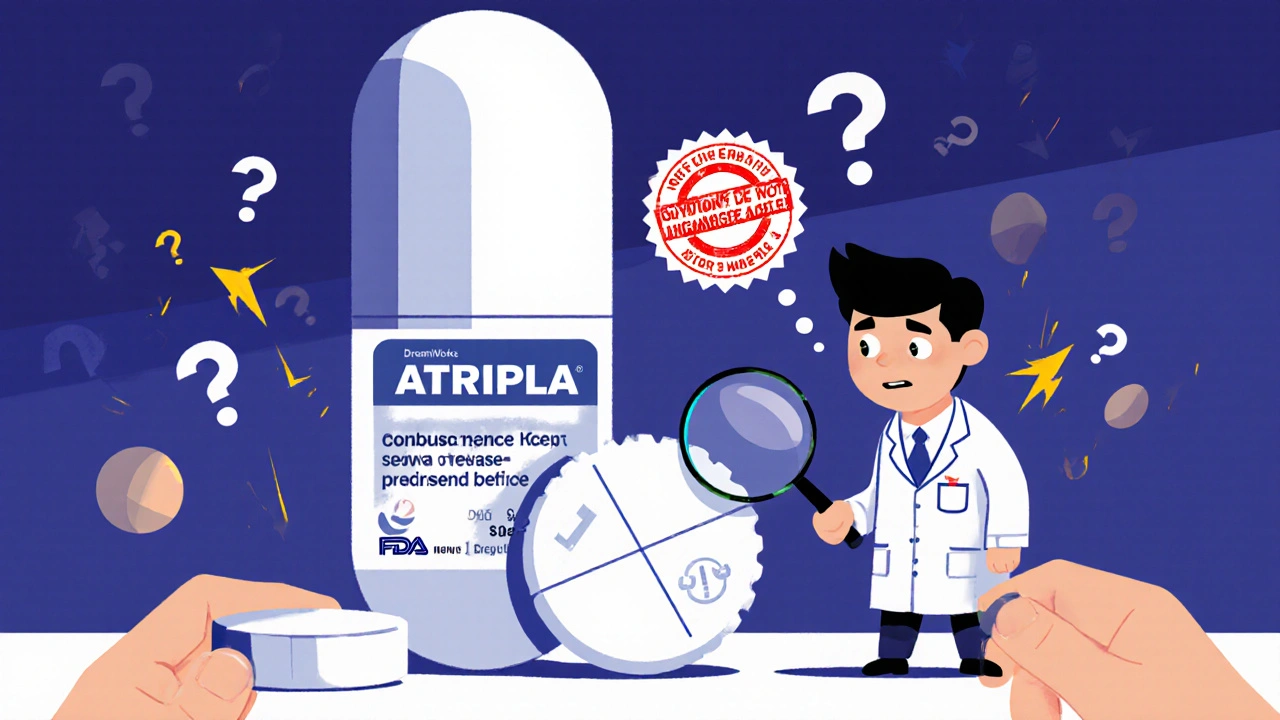
Cost Savings vs. Patient Risk
There’s no denying the financial pressure. Generic drugs make up 90% of prescriptions but only 23% of drug spending in the U.S. Combination products? They’re expensive. ATRIPLA, for example, still costs over $2,000 per month without insurance - even though its ingredients are generic and available separately for a fraction of the price.
That’s why some payers and health economists push hard for substitution. Dr. Jane Chen from ICER estimates that expanding substitution for combination drugs could cut medication costs by 15-25% for chronic conditions. The UK’s NHS saved £280 million annually by standardizing substitution protocols for cardiovascular combination therapies.
But here’s the catch: those savings come with risk. The American Heart Association warns that inappropriate substitution in cardiovascular combination therapies could lead to adverse events in up to 8% of elderly patients with multiple conditions. One wrong swap - say, replacing a fixed-dose antihypertensive with a different combo - can trigger dizziness, kidney issues, or even strokes.
And it’s not just about the drugs. Many combination products use proprietary delivery systems - like extended-release coatings or layered tablets. If a pharmacist substitutes with a generic version that lacks the same technology, the drug might be absorbed too fast or too slow. The patient gets the same active ingredients, but not the same effect.
What Pharmacists Are Really Dealing With
Frontline pharmacists aren’t refusing substitutions out of stubbornness. They’re afraid of lawsuits, disciplinary action, or worse - harming a patient.
Consider this real scenario: A patient’s insurance denies coverage for their prescribed combination pill. The pharmacist has a cheaper generic combo on the shelf - same two drugs, but different ratios. The patient asks, “Can you just give me this one? It’s cheaper.” The pharmacist knows the FDA hasn’t declared them interchangeable. The prescriber is on vacation. The patient is elderly and lives alone. What do they do?
Many choose to call the doctor. But that delays care. Others substitute anyway - and risk violating state law. A 2022 survey found 42% of pharmacists had refused a substitution because they weren’t sure if it was legal. That’s not confidence. That’s confusion.
Even worse: some states allow pharmacists to adapt prescriptions for new starts, but not refills. So if a patient runs out of their combo pill, the pharmacist can’t swap it at refill time - even if it’s been working fine for years. The patient has to wait days for a new prescription.
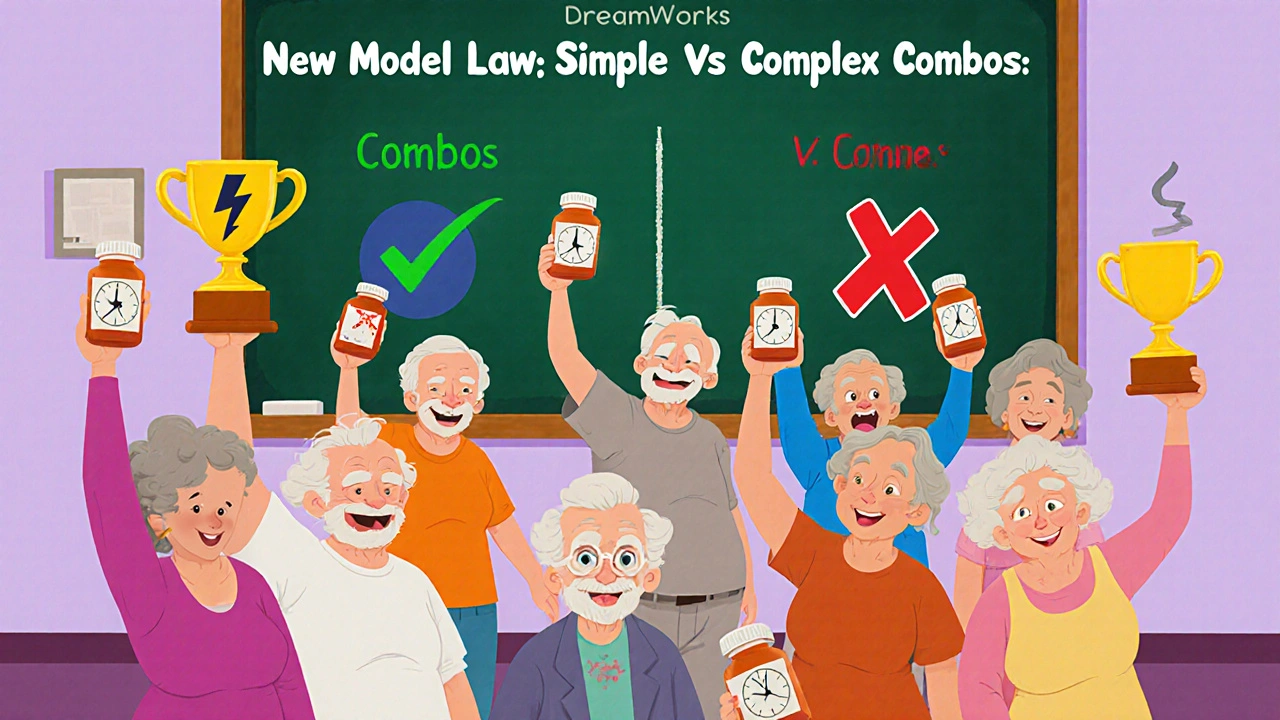
Where the System Is Changing
Things are starting to shift. In 2022, the FDA released draft guidance specifically on how to prove therapeutic equivalence for fixed-dose combinations - a first. In March 2023, the National Association of Boards of Pharmacy proposed a model law that would create a tiered system:
- Simple combinations: Two well-established drugs (like aspirin and atorvastatin) - eligible for pharmacist substitution if labeled interchangeable.
- Complex combinations: Novel drugs, NTI components, or unique delivery systems - require prescriber approval.
The European Commission is also pushing for harmonized rules across member states. Canada, meanwhile, leaves most decisions to provincial pharmacy colleges - meaning rules vary from Alberta to Ontario.
But progress is slow. Between 2015 and 2022, only 37 combination products got FDA approval - compared to over 1,200 single-entity drugs. Why? Because the regulatory path is unclear, expensive, and risky for manufacturers. If they can’t guarantee substitution later, why invest?
What Patients Should Know
If you’re on a combination drug:
- Ask your pharmacist: “Is this the exact same combination as my prescription? Or is it a different one?”
- Never assume a cheaper version is safe to swap - even if it has the same two drug names.
- Keep a list of your combination meds and their exact brand/generic names. Changes can be subtle.
- If your insurance pushes a substitution, ask your doctor if it’s appropriate - don’t let cost override safety.
And if you’re on a narrow therapeutic index drug - like warfarin, lithium, or digoxin - be extra cautious. Even small changes can be dangerous.
The Bottom Line
Combination drugs are the future of chronic disease management. But our substitution laws are stuck in the past. Until federal and state regulators update the rules to reflect how these drugs actually work - not just what’s in them - pharmacists will keep facing impossible choices. Patients will keep getting confused. And the risk of harm will stay high.
Cost savings matter. But not at the cost of safety. The real solution isn’t more substitution. It’s better labeling, clearer guidelines, and a national standard that says: if a combination product isn’t proven interchangeable, it shouldn’t be swapped - period.
Can a pharmacist substitute a combination drug without a doctor’s permission?
In most cases, no. Pharmacists can only substitute a combination drug with an identical one - meaning the same active ingredients in the same amounts and formulation. If the substitute includes different ingredients, different ratios, or a different delivery system, it’s considered therapeutic substitution, which requires prescriber approval. Many states, including Alberta and Texas, explicitly prohibit pharmacists from swapping combination products without authorization.
Are all combination drugs interchangeable?
No. The FDA only declares combination products interchangeable if they meet strict bioequivalence standards - which is rare. Most combination drugs, even those with the same active ingredients, are not interchangeable because of differences in release timing, ratios, or inactive ingredients. For example, a pill with 20mg of Drug A and 10mg of Drug B is not interchangeable with one that has 25mg and 5mg, even if both are labeled for the same condition.
Why are combination drugs more expensive than taking the drugs separately?
Combination drugs often cost more because they’re branded, patented, or use proprietary delivery systems. Even if the individual ingredients are generic, the fixed-dose combo may be protected by patents or require special manufacturing. Insurance plans may also favor the combo because it reduces administrative costs - but patients end up paying more out-of-pocket. Sometimes, buying the two drugs separately is cheaper - but only if your insurance allows it and your pharmacist can legally dispense them together.
What’s the difference between a generic and a therapeutic substitution?
Generic substitution means swapping a brand-name drug for a chemically identical generic version. Therapeutic substitution means replacing one drug with a different one that treats the same condition - like switching from lisinopril to losartan. For combination drugs, therapeutic substitution is far riskier because you’re changing the drug combination itself. Most laws restrict pharmacists from doing this without a new prescription.
Is it safe to switch from a branded combination drug to a generic version?
Only if the generic version is FDA-approved as interchangeable. Many generic combination drugs are not labeled as interchangeable because they don’t meet the same bioequivalence standards as the brand. Even if the ingredients are the same, differences in how the drugs are released or absorbed can change their effect. Always ask your pharmacist if the generic version is officially interchangeable - and check with your doctor before switching.

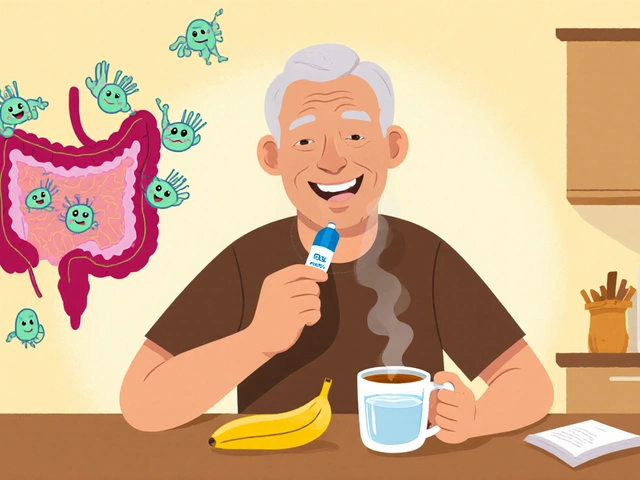


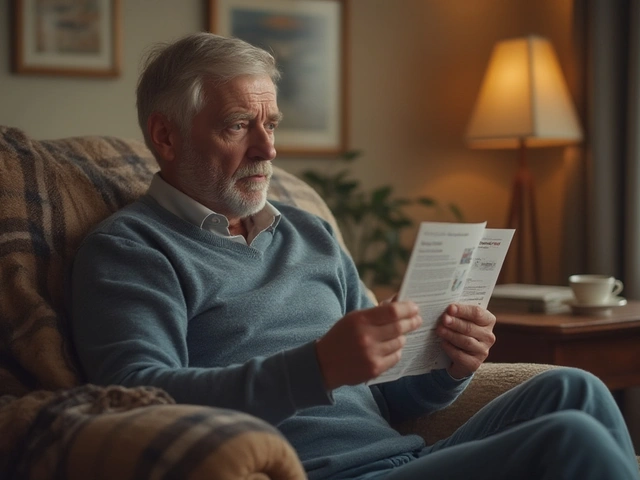
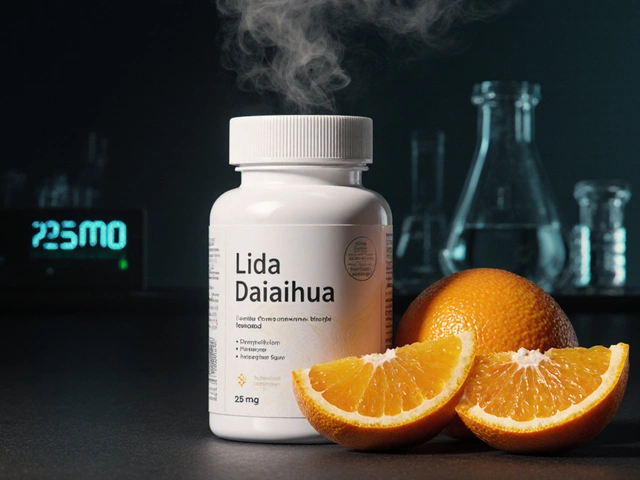
Victoria Stanley
November 25, 2025 AT 09:28As a pharmacist for 18 years, I’ve seen this play out way too often. Patients come in desperate for a cheaper option, and we’re stuck between insurance pressure and legal liability. I’ve had to say no to substitutions that were technically the same drugs but different release profiles - and watched patients cry because they couldn’t afford their meds. The system’s broken. We need clear FDA labels that say ‘interchangeable’ or ‘not interchangeable’ - no gray zones. Until then, I’m not risking someone’s life for a $20 savings.
Andy Louis-Charles
November 26, 2025 AT 17:05Just had this happen last week. Patient on ATRIPLA, insurance switched to generic combo with same ingredients but different coating. Didn’t realize it wasn’t labeled interchangeable until the patient came back with dizziness and nausea. FDA’s draft guidance is a start, but we need mandatory labeling. 🤔
Douglas cardoza
November 27, 2025 AT 22:27Man, I get why pharmacists are so scared. I’m on a combo for hypertension and my doc prescribed the brand. Insurance said ‘nope, here’s the generic.’ I didn’t even know the difference until I looked it up. Turns out the generic had a different release time. I asked my pharmacist - he said ‘I could give it to you, but I wouldn’t.’ So I called my doctor. Took three days. Worth it. Just wish there was an easier way.
Alex Dubrovin
November 28, 2025 AT 18:37Why do we even let pharmacists touch these pills at all? If it’s a combo drug, it’s not a simple swap. Let the doctor decide. End of story. People are dying because someone’s trying to save a buck. This isn’t about generics - it’s about control. And the system’s rigged.
Natashia Luu
November 30, 2025 AT 13:16It is beyond unacceptable that our nation's regulatory framework remains so archaic in the face of modern pharmacological innovation. The fact that pharmacists are being forced into ethically untenable positions due to legislative inertia is not merely a policy failure - it is a moral abdication by state and federal authorities. The lives of vulnerable populations are being commodified for cost-efficiency metrics that ignore biological complexity. This is not healthcare. This is negligence dressed in bureaucracy.
akhilesh jha
December 1, 2025 AT 15:48Interesting. In India, pharmacists are not allowed to substitute anything without a doctor’s note - even for single drugs. But here, they can swap a pill with one active ingredient but not two? The inconsistency feels intentional. Who benefits from this confusion? Pharma? Insurance? Or just the lawyers?
Vineeta Puri
December 3, 2025 AT 10:55Thank you for this comprehensive overview. As a clinical pharmacist educator, I have trained dozens of students on the legal and clinical nuances of combination drug substitution. The current patchwork of state laws creates dangerous inconsistencies. We must advocate for a national standard modeled after the NABP’s tiered approach. Patients deserve clarity. Pharmacists deserve legal protection. And regulators must act before someone dies because of a label that wasn’t clear enough.
Rachael Gallagher
December 3, 2025 AT 17:15